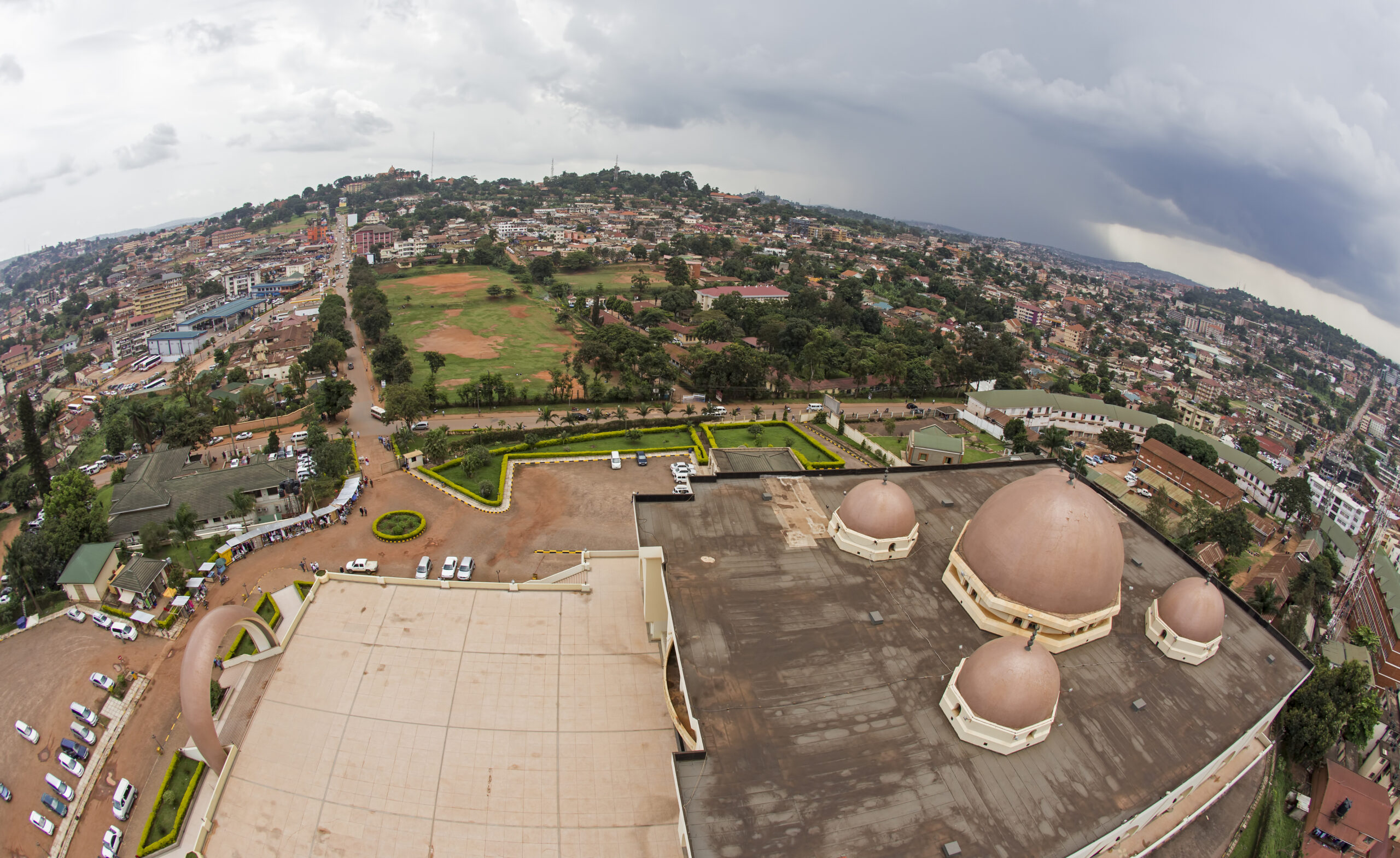Cycling: A safe and cool way of getting around – Interview with Amanda Ngabirano

Over the past decade, Amanda Ngabirano has been promoting cycling in urban planning to encourage cities and municipalities in Uganda, and globally, to incorporate bicycle infrastructure as part of the cityscape. Amanda Ngabirano is the Chairperson of the National Physical Planning Board, the highest body responsible for physical planning, in Uganda. She is a urban and regional planner and a lecturer at Makerere University specialised in how to link research and practice.
Amanda is also a Velo-city aficionado – she attended the world cycling summit for the first time eleven years ago in Canada and she will not miss this year’s edition in Germany. She will take the stage at plenary 2, Working together towards equitable environments on May 9 at 16.30 (CET). You can read the full programme and discover many other insightful speakers here.
Amanda was able to put aside some time to speak to the European Cyclists’ Federation (ECF) about her experience within the cycling world and her participation to Velo-city 2023 Leipzig:
1. When did you first pick an interest in cycling?
About 12 years ago, I discovered the freedom and fun of cycling. I got crazy about it while in the Netherlands as a master’s student. When I was there I saw how the Dutch brought out the coolness of cycling…nothing like an unsafe mode of transport, or a poor people’s mode, or as the last alternative, but rather a fast, safe and cool way of getting around used by everyone – from the youngsters, to the women and the elderly. It’s the best thing that happened to me for my own self, my family, my friends but also for my country, Uganda.
2. How did you realise that cycling could become pivotal in urban planning?
While in the Netherlands, I could plan my movements, save money and time, while exercising. I could interact with people on the streets with ease. I connected with functions so easily; from my apartment to the campus, from campus to shopping, from shopping to meeting up friends…and all of this is embedded in urban planning. I realised that cycling allows room for better access, quietly, with less pressure on space and the environment. I realized that every city and country (being flat or not) ought to plan for cycling infrastructure. Unfortunately, several governments are still in a slumber about the obvious regarding cycling benefits, which is why we need to continue pushing the cycling agenda, aggressively and tactfully.

3. Ever since you started pushing cycling into the agenda in Uganda, have you witnessed an improvement in cycling infrastructure in Kampala?
There’s a lot of improvement in terms of mindset towards cycling. The government has also shown admirable efforts to foster inclusiveness in transport: for instance, the famous and unique “NMT” corridor in Kampala, as well as more pedestrians facilities. There are more plans yet to be implemented, but we need to move faster.
4. Talking about inclusive modes of transport, how do you think that cycling and cycling events can empower women?
This is still a patriarchal society, where when a family owns a car, it’s a man’s car. Yet, we see women asking for more accessible mobility in order to get to and from the markets, to schools and to social “meet-ups”. This calls for better and safer access and for more mobility options which are affordable. For women to be part of this, especially in cities, there’s no short-cut regarding safe infrastructure. In fact, where there aren’t women cycling, most likely no one is comfortable cycling in that city.

5. This year you will take part to Velo-city 2023 Leipzig: when is the first time you attended the conference and what’s the reason that brings you back year after year?
My first Velo-city was in Vancouver, in 2012. Africa was missing although the bicycle always made life easier for people in Africa, both for rural and urban communities. I was a bit emotional as to why “we were absent” in these discussions. But now things are changing and I am glad that there are several African countries interested in this topic. For me Velo-city is like a routine medical check-up, even when one isn’t sick you still need to get it done – it’s a way of learning from successes and failures towards making cities and places more people-friendly. Velo-city is a package of knowledge and experiences for a better world. What more can the world have if places and people aren’t connected, in the most efficient manner! I, now, look forward to Africa hosting Velo-city, so that we can have a feel of something similar but different, from what we have experienced so far.



